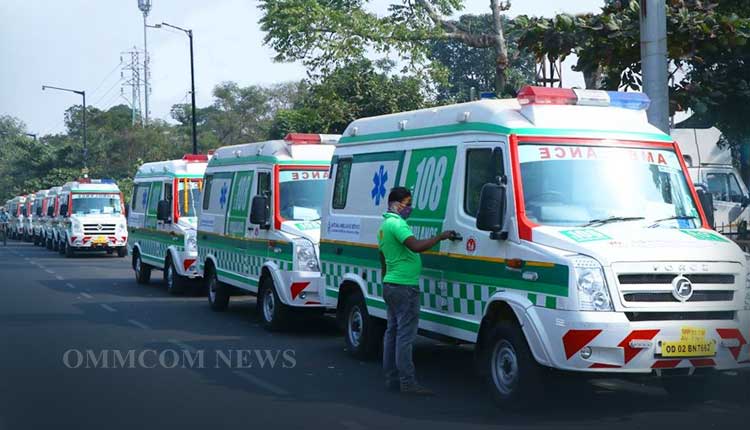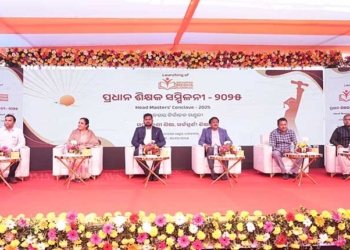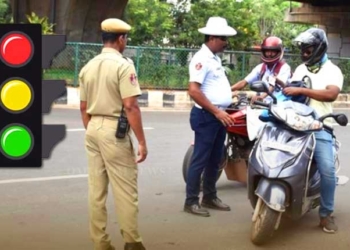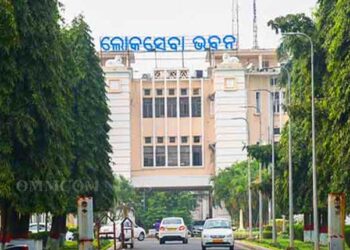Bhubaneswar: The 108 Emergency Medical Ambulance Service has been a lifeline for the people of Odisha. It was launched by Odisha Chief Minister Naveen Patnaik in 2013 to improve emergency healthcare services for the 4.5 crore people of the state.
In 2019, the 108 Emergency Medical Ambulance Service was brought under the visionary 5T framework of the state government with a challenge to improve the efficiency of the fleet and bring down the response time from 30 minutes to 20 minutes. In the following years, several measures were adopted to meet the challenge by upgrading the fleet and improving its performance.
Between October 2019 and March 2020, all 420 existing ambulances in the 108 fleet were replaced with new ambulances. Replacement of old ambulances was undertaken to reduce the travel time and vehicle breakdown, as both hurt the response time and capacity of ambulances to attend cases.
Subsequently, in January 2021, 84 new Ambulances were added to the existing fleet of ambulances. These ambulances were provided out of state Budget to meet the increase in demand for inter-facility transfers, to reduce cancellation of service requests for ambulances, and to bring parity in the area of coverage of ambulances across districts.
In 2020-21, when the COVID-19 pandemic was sweeping the nation, there was a requirement for more Advance Life Support (ALS) ambulances to handle patients with serious respiratory ailments. Hence, 28 new ALS ambulances were added to the fleet in April 2021 to provide service to patients with serious respiratory ailments during the period.
Subsequently, to strengthen the ambulance fleet to meet any future eventuality, the state government decided to upgrade 299 basic life support (BLS) ambulances to ALS and these were operationalised in May 2023, thereby providing each block in the state with its own ALS ambulance for advanced care during transportation of critical patients.
In 2023, an assessment was conducted to bring down the response time still further and get it reduced to 20 minutes. The objective assessment took into consideration technical parameters of daily distance covered by the ambulances, cancellation of calls due to unavailability of an ambulance, distance covered by ambulances to cover long inter-facility transfer cases, and average distance covered by ambulance to pick up patients in a district. Accordingly, in November 2023, the state inducted 236 new ambulances into the fleet, thereby further improving its performance and efficiency.
With this, presently the fleet size of ambulances under 108 service stands at 1366, which includes 411 ALS and 6 boat ambulances.
In addition to the above, care was also taken to manage the micro details of operation like tracking the maintenance and off-roading of vehicles with the deployment of ambulance process by the service providing agency. Call dispatchers were oriented to reduce the call handling time. Recalibration of the call center process was done for the reduction in call handling time among other measures.
All the above measures transformed the Emergency Medical Ambulance Service under the 5T initiative and enabled us to achieve our target of improving fleet efficiency and reducing response time. At present 1366 ambulances under the Emergency Medical Ambulance Service (EMAS) fleet are attending to about 1.3 lakh patients each month, with a response time of less than 20 minutes, which is lower than the national average and one of the lowest in the country.
















